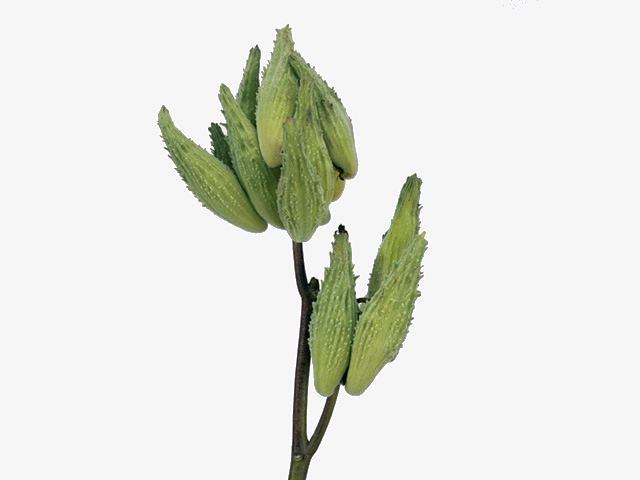Asclepias syriaca

| Flower scent | Unscented |
| Light conditions | Sunny |
| Moisture requirements | Well-drained |
| Soil type | Humus rich; Sandy |
Asclepias syriaca, commonly known as milkweed, is a perennial plant that belongs to the Asclepiadaceae family. Native to North America, this unique plant has gained popularity not only for its striking appearance but also for its vital role in supporting pollinators, particularly monarch butterflies.
One of the distinctive characteristics of Asclepias syriaca is its unscented flowers. While many flowers rely on their fragrances to attract pollinators, milkweed has developed other captivating features to entice them. Its vibrant flower clusters, composed of small, star-shaped blossoms in shades of pink, purple, and white, effectively catch the eye of butterflies and other insects searching for nectar-rich sources.
When it comes to light conditions, milkweed thrives in sunny areas. It requires a minimum of six hours of direct sunlight each day to grow and flourish. This makes it an excellent choice for gardens, meadows, and other open spaces with plenty of sunlight exposure.
Well-drained soil is crucial for the successful growth of Asclepias syriaca. It is best to plant milkweed in areas with soil that drains efficiently, preventing excess moisture from collecting around the plant's roots. This quality is especially significant as milkweed does not tolerate soggy or waterlogged soil. Additionally, the plant benefits from humus-rich soil, which provides essential nutrients to support its growth.
In terms of moisture requirements, milkweed prefers moderate soil moisture levels. It does not tolerate overly dry or waterlogged conditions, making it important to strike a balance. Watering the plant when the top inch or two of soil feels dry is typically sufficient to maintain adequate soil moisture. During periods of intense heat or drought, providing additional water may be necessary to prevent the plant from wilting.
Furthermore, milkweed can adapt to a variety of soil types, including sandy soil. This adaptability makes it an ideal choice for areas with sandy soil and drought-like conditions. The plant's long taproot helps it access moisture deep within the soil, allowing it to survive in sandy environments where water retention may be a challenge for other plants.
Aside from its aesthetic appeal and adaptability, milkweed plays a crucial role in supporting pollinators, particularly monarch butterflies. Asclepias syriaca is a host plant for monarch butterfly larvae or caterpillars. When monarch butterflies lay their eggs on milkweed leaves, the caterpillars feed on the leaves as they grow. This unique relationship between milkweed and monarchs highlights the essential role that milkweed plays in the life cycle of these beautiful butterflies.
In conclusion, Asclepias syriaca, or milkweed, is a remarkable plant with unscented flowers that attract pollinators through its vibrant appearance. It thrives in sunny locations with well-drained soil, particularly humus-rich or sandy soil. Moderately moist soil conditions are crucial for its successful growth. By planting milkweed, individuals can not only enjoy the beauty of this unique plant but also contribute to the conservation of monarch butterflies and other pollinators.
Market availability index by month:
| Jan. | Feb. | Mar. | Apr. | May | Jun. | Jul. | Aug. | Sep. | Oct. | Nov. | Dec. |
|---|---|---|---|---|---|---|---|---|---|---|---|
| 3 | 3 | 3 | 3 | 4 | 3 | 3 | 3 | 3 | 4 | 4 | 4 |